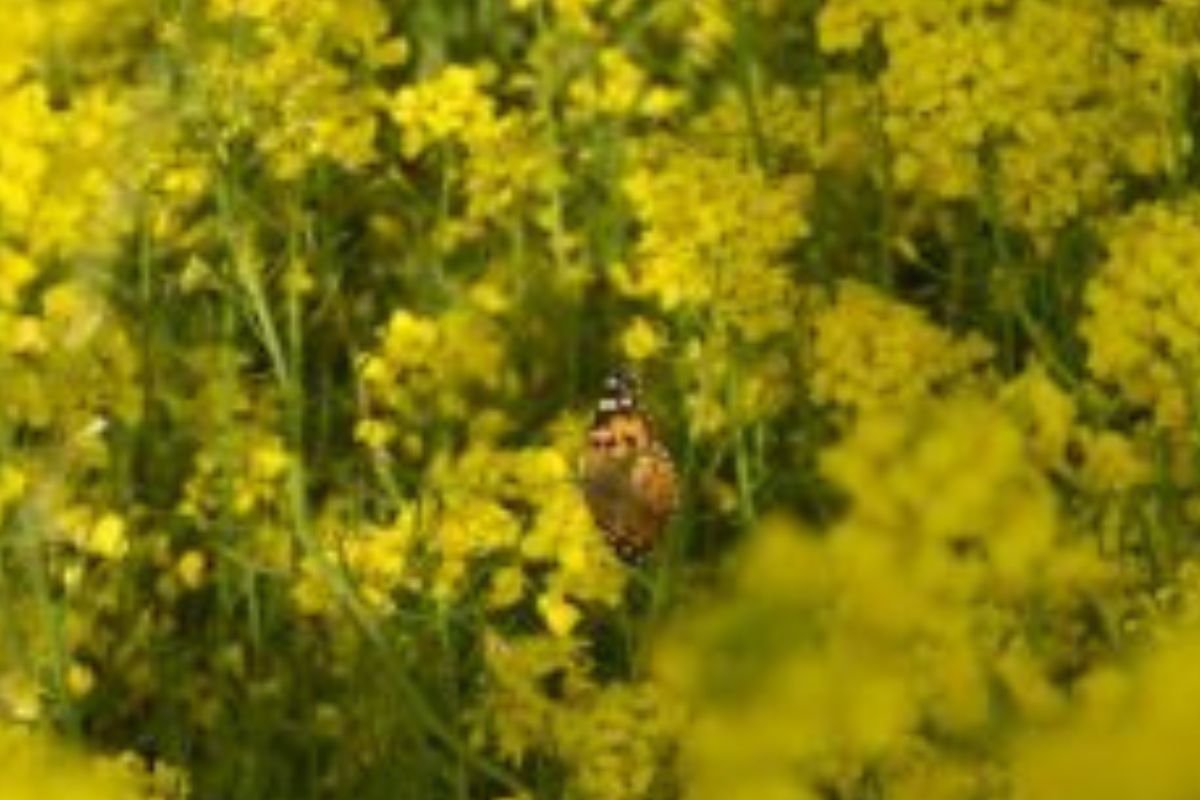With the Environmental Committee’s approval of GM mustard the controversy started all over again. Scientists from the National Academy of Agricultural Sciences-NAAS and the Trust for Advancement of Agricultural Sciences (TAAS) at ICAR in Delhi, on Monday, said it can become the best option to increase the production of oilseeds.
Other agricultural scientists associated with the institute say that the decision of the Genetic Engineering Operation Committee-GEAC of the Ministry of Environment, Forest and Climate Change to release a new variety of genetically modified-GM mustard, DMH-11, for field trials, is to increase oilseed production. It will also help in increasing the income of the farmers. He said he welcomes the decision taken by the ministry after waiting for two decades.
Advertisement
In fact, after the hybrid seed permission was received recently, a controversy has erupted in the country regarding GM mustard. In such a situation, many former agricultural scientists are claiming to play an important role in the mustard production of hybrid seeds developed by GM Technology Delhi University. NAAS and TAAS claim that this will reduce the import burden, will help increase production, and GM mustard will encourage more research and innovations. Since it is a climate-resilient crop, it is fully nourished and superior in terms of food and nutrition. Mustard has a special place among oilseed crops in the country.
In the rabi season, 60 to 70 lakh hectares of the area is produced in the cultivable land of India in the country. It is the largest crop in Rajasthan, Haryana, Punjab and Uttar Pradesh. Here the mustard production is 1.0-1.3 tonnes per hectare with the existing seed on average cultivable land. Whereas improved GM mustard can increase it to four tonnes per hectare. In this, the seeds are hybridized by a special process. In this, those shortcomings have been overcome by the existing seeds, which have become the generator of many problems in the hybrid seed developed by the Center for Genetic Manipulation in Coop Plants.
For this, three transgenes have been used. Apart from this, it is also protected from diseases and pests. For this, experiments were done at eight places in Bharatpur, Rajasthan in three years and it was found that it has increased the production of the crop by about 28 per cent. After environmental clearance, ICAR and State Agricultural Universities will be able to produce GM mustard seeds like hybrid seeds of other crops. These seeds will be used by ICAR and State Agricultural Universities. After this, it will go to the farmers like other hybrid seeds.
90 percent of rapeseed crops is being grown in Canada. In this sequence, most of the hybrid seeds are being cultivated in America, China and Australia. It is an interesting coincidence at such a time that to meet the demand for edible oils in the world, Australia has recently released Herbs Tolerant for Mixing in Indian Mustard Oil on 19 October.
Prof KC Bansal, Secretary of NAAA, and former Director of the National Seed Research Department, ICAR said that they have gathered to give accurate and scientific information to the public. It will help to develop new varieties. The biggest achievement will be ending our dependence, so GM mustard should be promoted, for this, there should be a total effort.









